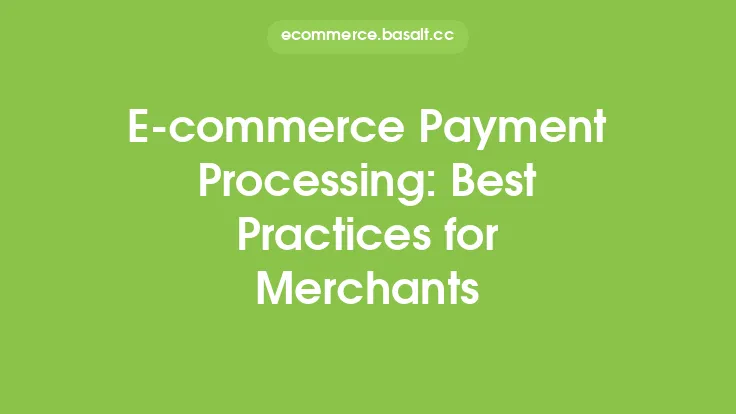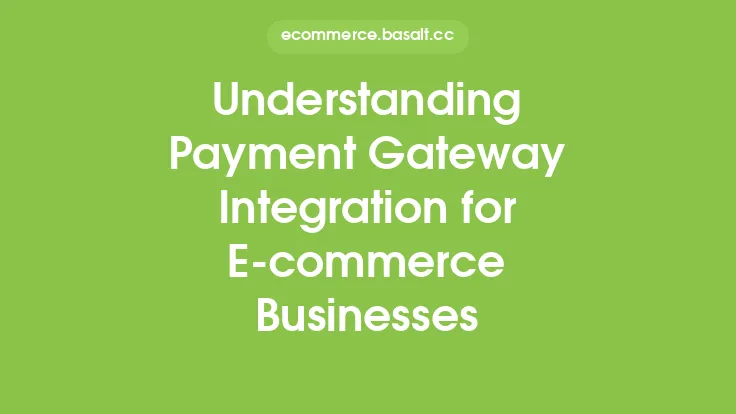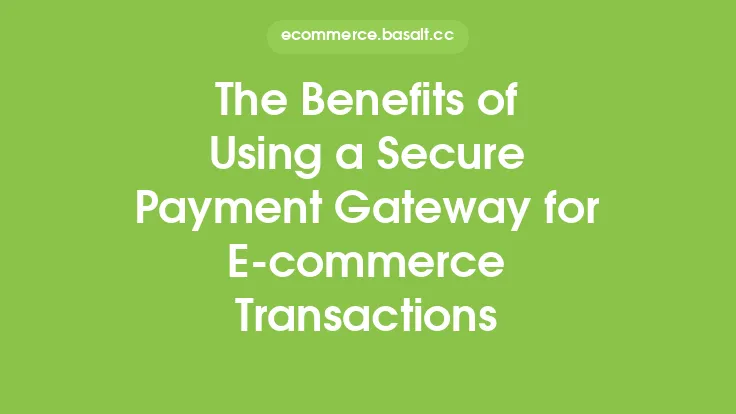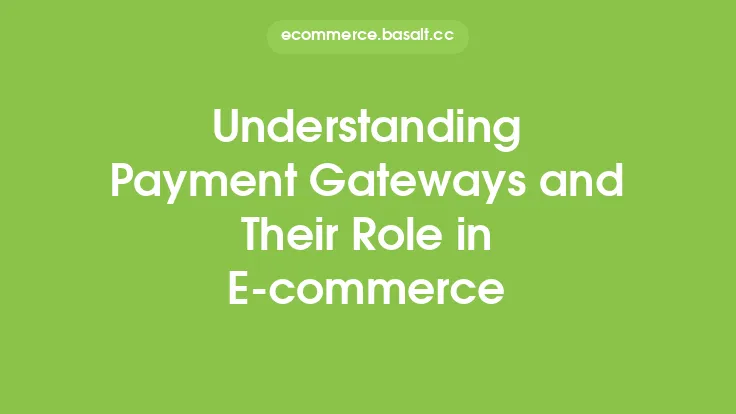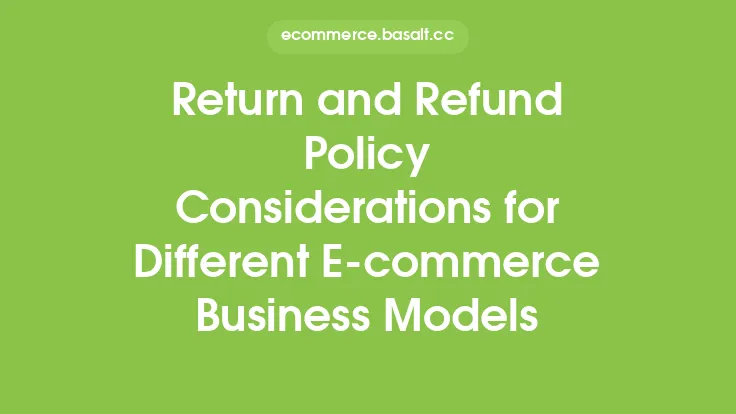When it comes to e-commerce, one of the most critical aspects of running a successful online store is the payment gateway. A payment gateway is a service that processes credit card transactions and other payment methods, allowing customers to make purchases on an e-commerce website. With so many payment gateways available, it can be challenging to choose the right one, especially when it comes to fees and pricing models. In this article, we will delve into the world of payment gateway fees and pricing models, exploring the different types of fees, pricing models, and factors to consider when selecting a payment gateway for your e-commerce business.
Types of Payment Gateway Fees
Payment gateway fees can be broken down into several categories, including transaction fees, monthly fees, setup fees, and other miscellaneous fees. Transaction fees are the most common type of fee and are typically charged as a percentage of the transaction amount, plus a fixed fee per transaction. Monthly fees, on the other hand, are flat fees charged by the payment gateway on a monthly basis, regardless of the number of transactions processed. Setup fees are one-time fees charged by the payment gateway to set up the account, while miscellaneous fees may include charges for services such as chargebacks, refunds, and currency conversion.
Pricing Models
There are several pricing models used by payment gateways, including flat-rate pricing, tiered pricing, and interchange-plus pricing. Flat-rate pricing involves charging a fixed percentage of the transaction amount, plus a fixed fee per transaction, regardless of the type of card used. Tiered pricing, on the other hand, involves charging different rates based on the type of card used, with higher rates for premium or rewards cards. Interchange-plus pricing involves charging a fixed markup over the interchange rate, which is the rate set by the card networks, such as Visa and Mastercard.
Factors to Consider When Selecting a Payment Gateway
When selecting a payment gateway, there are several factors to consider, including the types of payment methods accepted, the level of security and compliance, the ease of integration, and the level of customer support. The payment gateway should also be compatible with your e-commerce platform and provide a seamless checkout experience for your customers. Additionally, the payment gateway should provide transparent and competitive pricing, with no hidden fees or surprises.
Comparison of Popular Payment Gateways
Some popular payment gateways include PayPal, Stripe, Authorize.net, and Square. Each of these payment gateways has its own strengths and weaknesses, as well as different pricing models and fees. For example, PayPal charges a flat rate of 2.9% + $0.30 per transaction, while Stripe charges a flat rate of 2.9% + $0.30 per transaction, with an additional fee for international transactions. Authorize.net, on the other hand, charges a monthly fee of $25, plus a per-transaction fee of $0.10, with a discount for high-volume merchants. Square charges a flat rate of 2.9% + $0.10 per transaction, with no monthly fees or setup fees.
Calculating the Cost of Payment Gateway Fees
To calculate the cost of payment gateway fees, merchants need to consider the average transaction value, the number of transactions per month, and the types of payment methods accepted. For example, if the average transaction value is $100, and the payment gateway charges a flat rate of 2.9% + $0.30 per transaction, the total fee per transaction would be $3.20. If the merchant processes 1,000 transactions per month, the total monthly fee would be $3,200. Merchants should also consider the cost of other fees, such as monthly fees, setup fees, and miscellaneous fees, when calculating the total cost of payment gateway fees.
Strategies for Reducing Payment Gateway Fees
There are several strategies that merchants can use to reduce payment gateway fees, including negotiating with the payment gateway, using a payment gateway with a tiered pricing model, and encouraging customers to use lower-cost payment methods, such as ACH or bank transfers. Merchants can also consider using a payment gateway with a flat-rate pricing model, which can provide more predictable and transparent pricing. Additionally, merchants can consider using a payment gateway with a high-volume discount, which can provide lower rates for merchants with high transaction volumes.
Conclusion
In conclusion, payment gateway fees and pricing models can be complex and confusing, but by understanding the different types of fees, pricing models, and factors to consider, merchants can make informed decisions when selecting a payment gateway for their e-commerce business. By calculating the cost of payment gateway fees and considering strategies for reducing fees, merchants can minimize the impact of payment gateway fees on their bottom line and provide a seamless and secure checkout experience for their customers. Ultimately, the right payment gateway can help merchants to increase sales, reduce costs, and improve customer satisfaction, which is essential for success in the competitive world of e-commerce.
